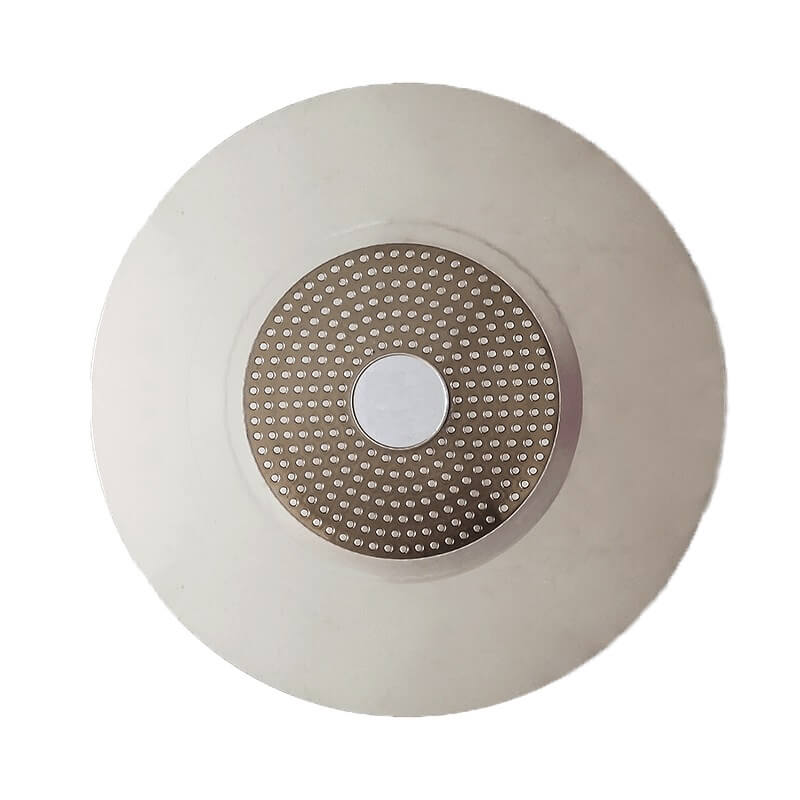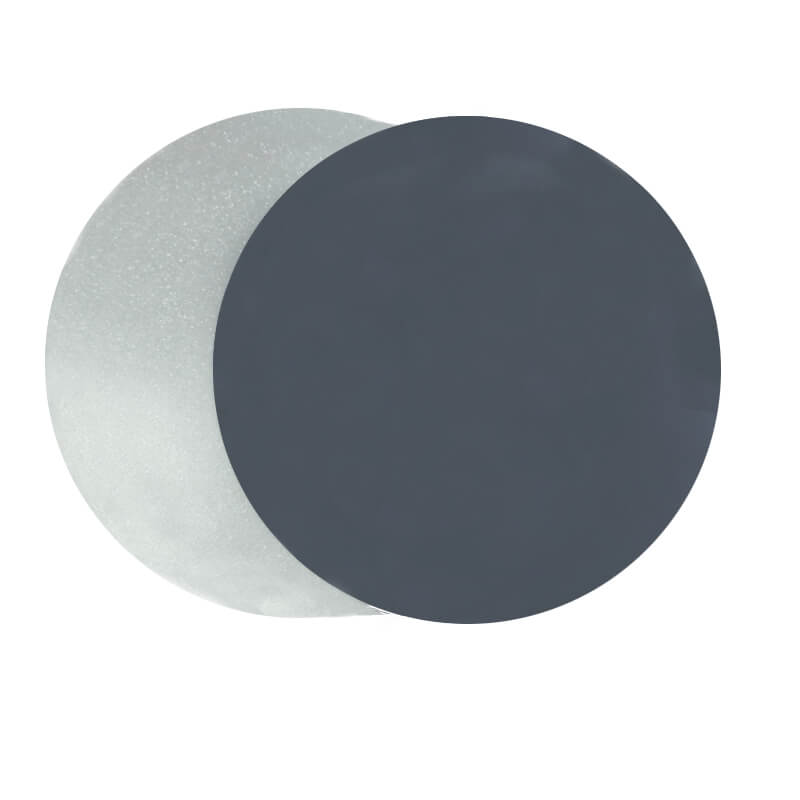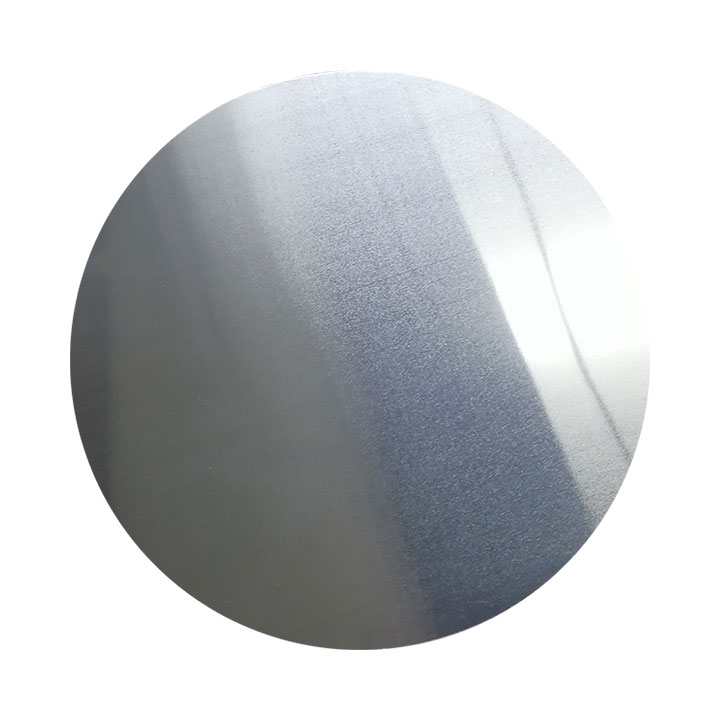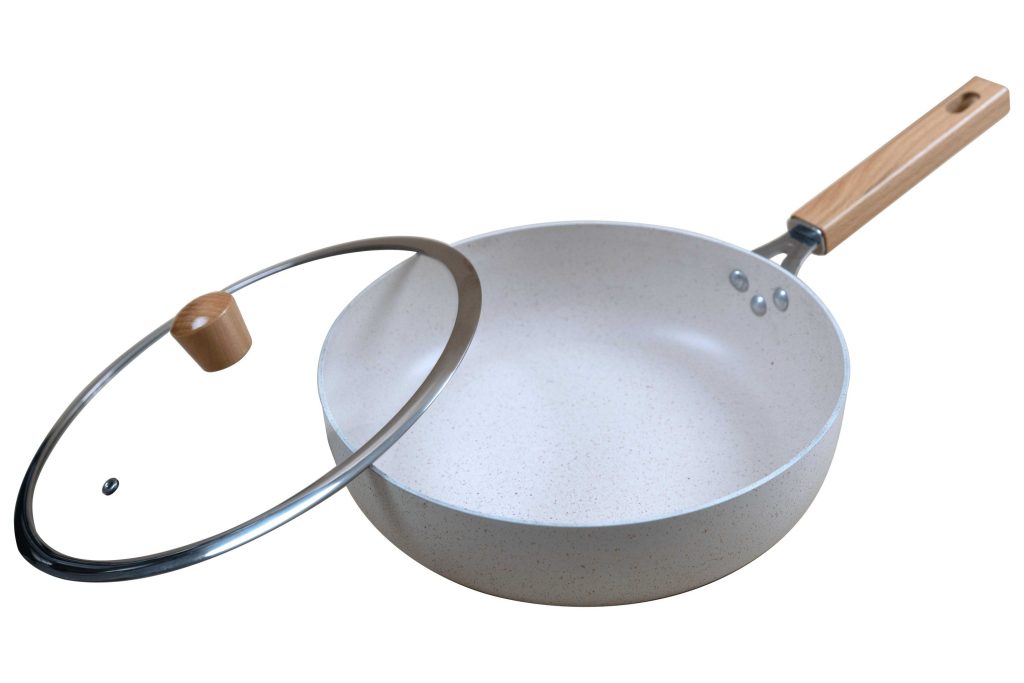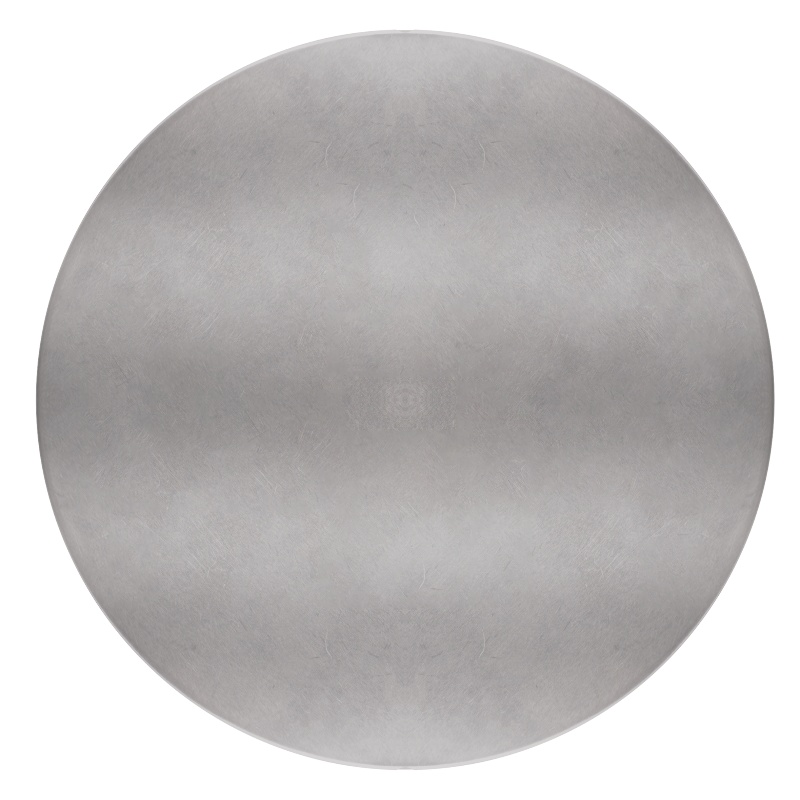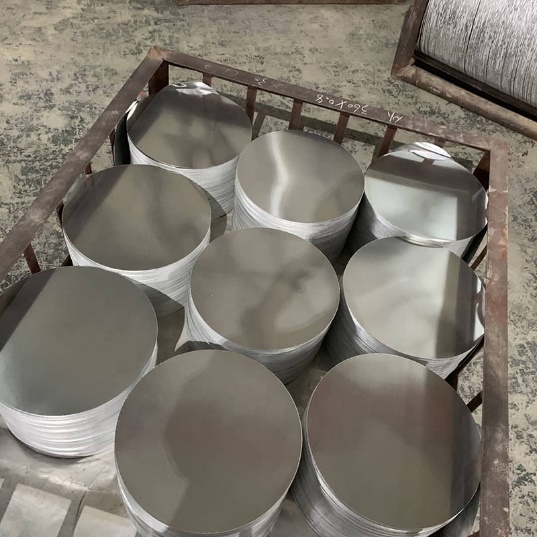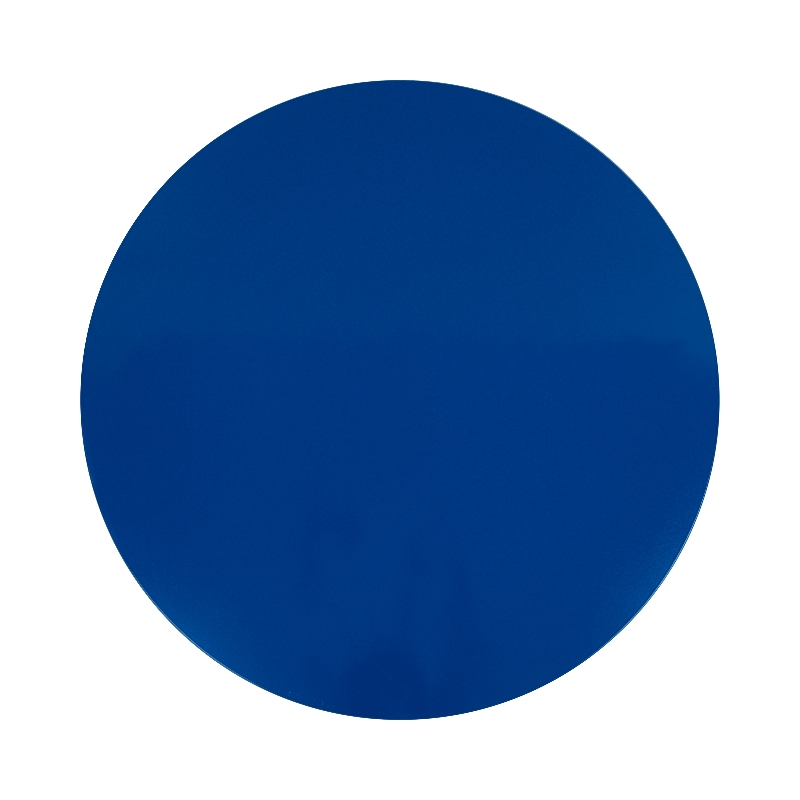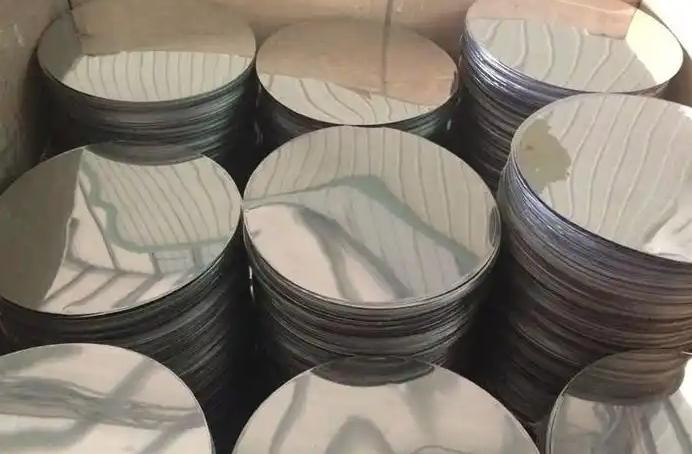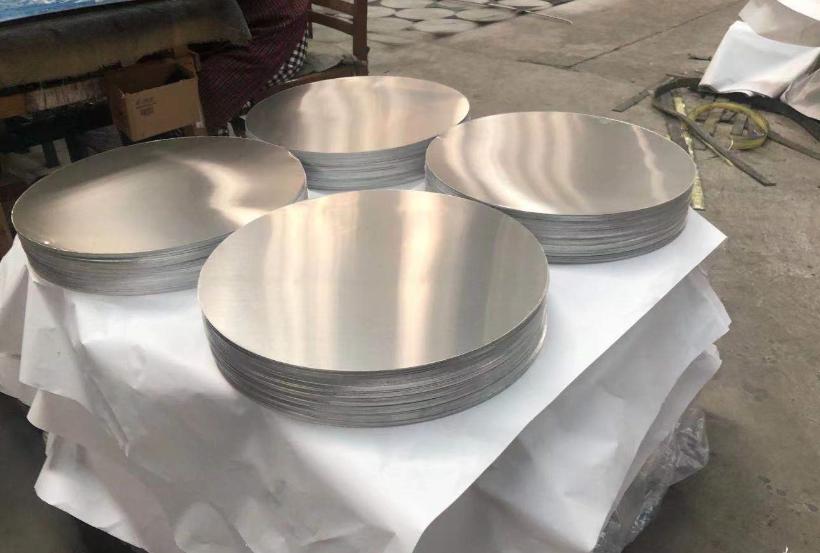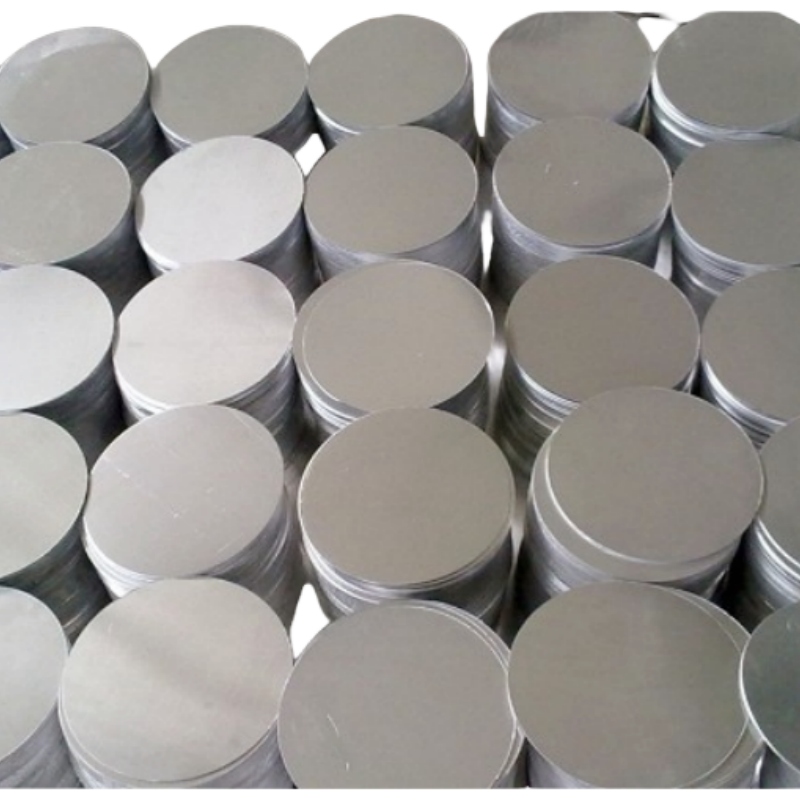Top 5 Uses of Aluminium Circles in Cookware Manufacturing
Aluminum’s excellent thermal conductivity, durability, and light weight make it one of the most popular materials for cookware manufacturing. Among the various aluminum materials, aluminum circles are the preferred material for making high-quality aluminum cookware. This is because these flat round rounds are easy to form and provide stable high performance in different cooking applications.
Next, we will take a deep look at why aluminum circles are ideal for cookware and its five main uses in making aluminum cookware.
Why Aluminium Circles are Used in Cookware Manufacturing?

While much of the discussion about aluminium circles in cookware focuses on thermal conductivity or affordability, the real reason they dominate the industry is their versatility in manufacturing.
Aluminum circles can be described as blank, uniform and flat. They are also ductile which makes the perfect base for engineers and designers. Their predictable design allows them to be precise during automatized forming processes, such as spin, deep drawing or anodizing. These are crucial to the modern production of cookware.
Additionally, the aluminum circles strike an excellent balance between strength and elasticity. This allows manufacturers to explore new designs, coatings, and hybrid technology without harming safety or structural strength. In the current shift in kitchen design to efficiency and sustainability, aluminum cookware is able to easily adapt, whether it’s coated with steel to make induction cooktops or used as insulation.
In essence, aluminum circles are more than a mere material They are also a vehicle to invent cookware manufacturing. The use of cookware extends beyond pans and cookware that allow for smart design, quicker production, and future-proofing solutions for the ever-changing industry of cooking.
5 Uses of Aluminium Circles in Manufacturing Cookware
Apart from the traditional pots and pans, aluminum circle cookware is also engaged in professional cooking techniques, modern kitchen styles, and eco-friendliness too. Here’s a fresh take on five innovative uses:
1. Non-Stick Cookware

Besides their thermal behavior, aluminium discs offer a new surface chemistry that enhances them as non-stick coatings. They are the sole metal to offer uniform adhesion of successive layers of PTFE or ceramic finishes. The highly smooth finishes that manufacturers can attain enhance food release and the product’s life. The burr-free, flat edges of the circle also assist in coating more easily, reduce material waste, and cut down on quality defects—advantage seldom touted but important in high-production volume factories.
2. Pressure Cooker Bodies
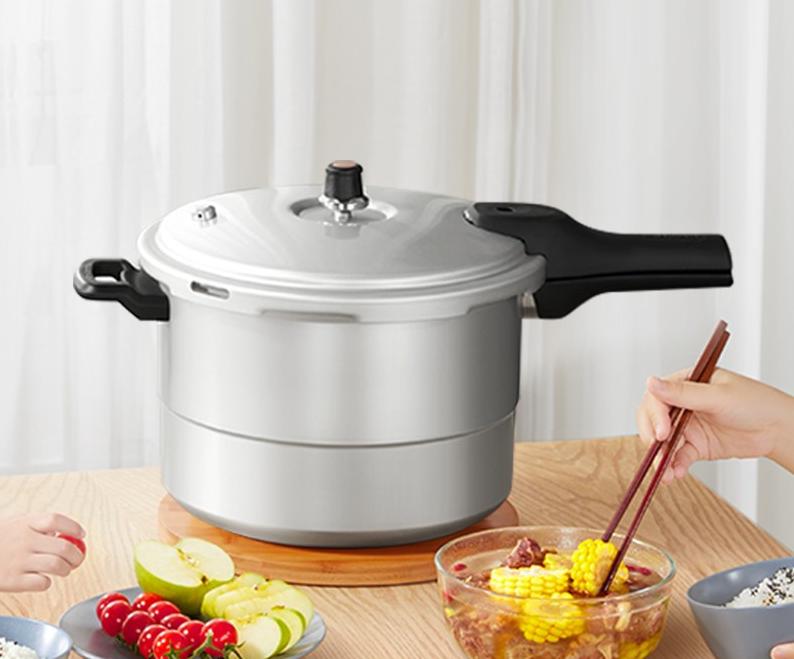
Aluminium circle cookware in pressure cooker bodies is not a function of strength alone—it’s a function of deformation control. Aluminium’s predictable behavior at pressure makes it the ideal material to be shaped into high-stress vessels that require safety and performance. Circles are typically alloyed with magnesium or manganese for increased tensile strength without loss of ductility. The result is a pressure cooker that can withstand several thermal cycles and internal pressure spikes without sacrificing its lightness of use.
3. Cookware Lids
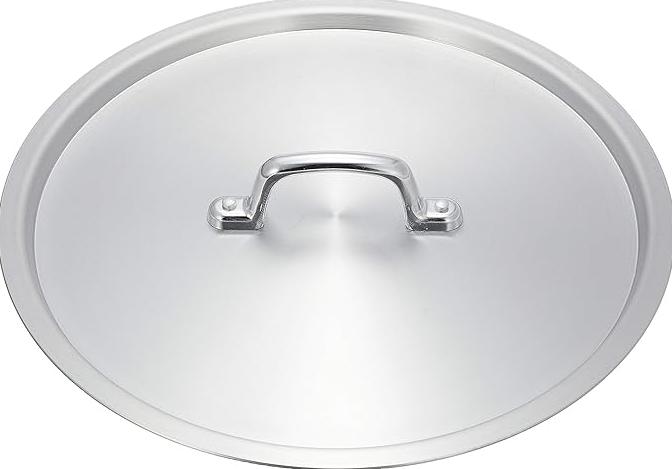
Cookware lids may appear humble, but construction is where aluminium circles really shine. A good lid must provide weight, stiffness, and thermal performance—and aluminium circles meet all three criteria. They may be stamped to within close tolerances, creating a seal that is tight enough to trap heat and moisture. Also, their low weight causes less user fatigue and is ideal for extreme on/off cycling when cooking. Most manufacturers laser-cut or emboss the branding and steam vents directly into the lid material, which is well-suited by aluminium.
4. Stockpots & Cooking Pots
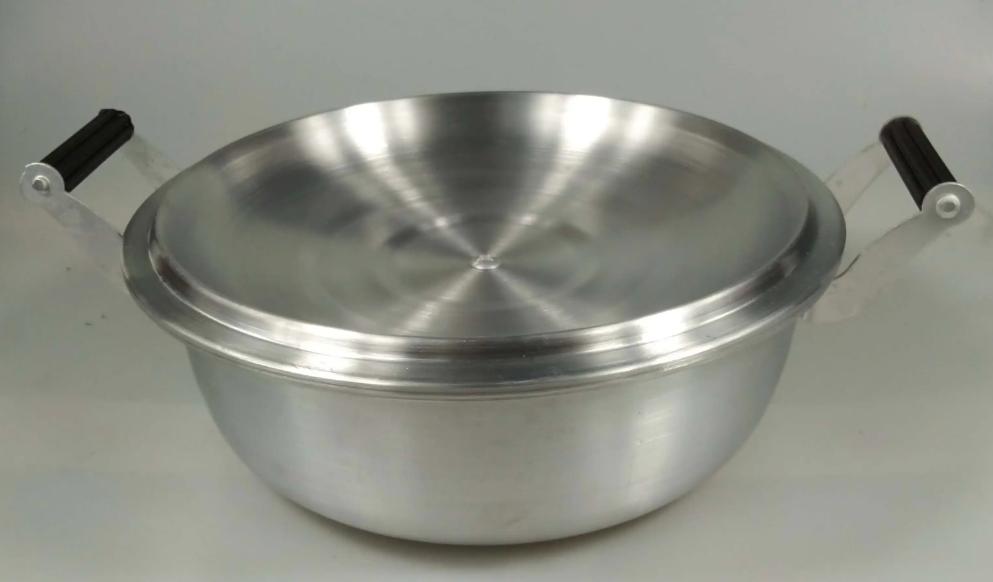
Stockpots in commercial applications and large households appreciate the unparalleled thermal responsiveness of aluminium circle stockpots. Beyond heat transfer, though, the true benefit is scalability. Aluminium circles are readily transformed into pots of various sizes at minimal alteration of tooling—neither losing time nor money. Shapeability allows for reinforced bottoms and rolled edges, important functionality in high-capacity cookware subjected to daily abuse.
5. Induction Cookware Base Plates
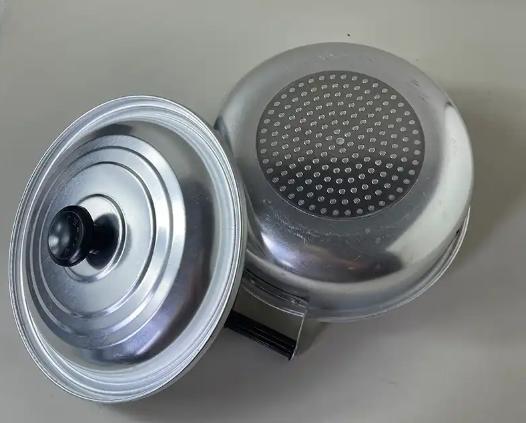
Aluminium is not induction-ready on its own but is a valuable addition to hybrid cookware in combination with magnetic stainless steel. Induction aluminium discs are utilized as core layers or bottom discs in induction-ready pots and pans. What makes them stand out in this respect is that they bond without warping—making stress-free lamination possible for rapid, even heating on both traditional and induction cooktops.
Why Aluminium Circles Better than Other Materials?
Cookware manufacturing hinges upon material choices for many different reasons; from performance and production efficiency to weight and price considerations. Aluminium circles outshone traditional metals by being lighter or cheaper while offering adaptability and performance features hard to come by elsewhere.
Aluminium heating quickly and uniformly provides energy savings and reduced cooking times; unlike stainless steel which must be heated slowly over a prolonged period. Plus, unlike copper which requires constant polishing for corrosion prevention purposes, aluminium naturally forms an oxide layer to resist wear–ideal for long-term kitchen usage!
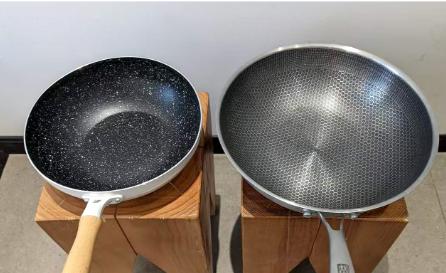
Aluminium circles stand out due to their manufacturing flexibility. Their soft nature enables deep drawing, spinning and shaping into complex forms without cracking or hardening – giving designers and engineers greater creative freedom in designing cookware that not only functions perfectly but is ergonomically optimized and visually contemporary as well.
Aluminium circle cookware stands as an eco-conscious product because of its 100% recyclable properties, supporting eco-conscious production methods and serving to advance innovation, efficiency and environmental responsibility in the cookware industry. Aluminium circle cookware thus presents more than a practical choice; rather it serves to promote innovative thinking with regard to efficiency, economy and environmental stewardship in mind.
Summary
Aluminum circles are more than raw materials; they catalyze smarter, faster, more flexible, and versatile cookware designs – from energy-saving non-stick pans to mixing pans for induction cookers – that have evolved thanks to aluminum circle technology. Their true value lies not just in themselves but in what can be accomplished through them: precision engineering design freedom, creative freedom, production sustainability, production as trends change, aluminum circle cookware remains at the core of contemporary kitchen tools.
Related Products

